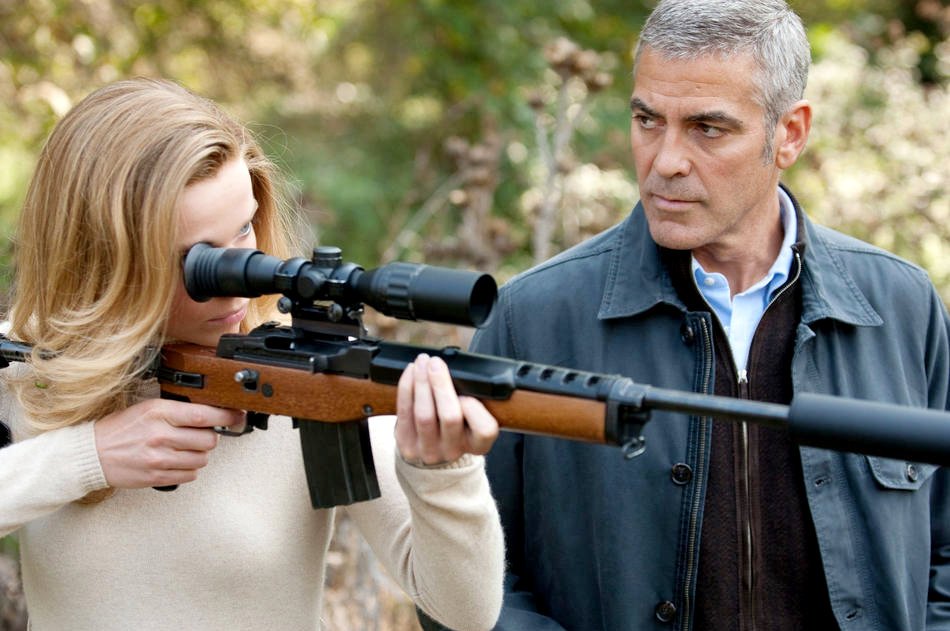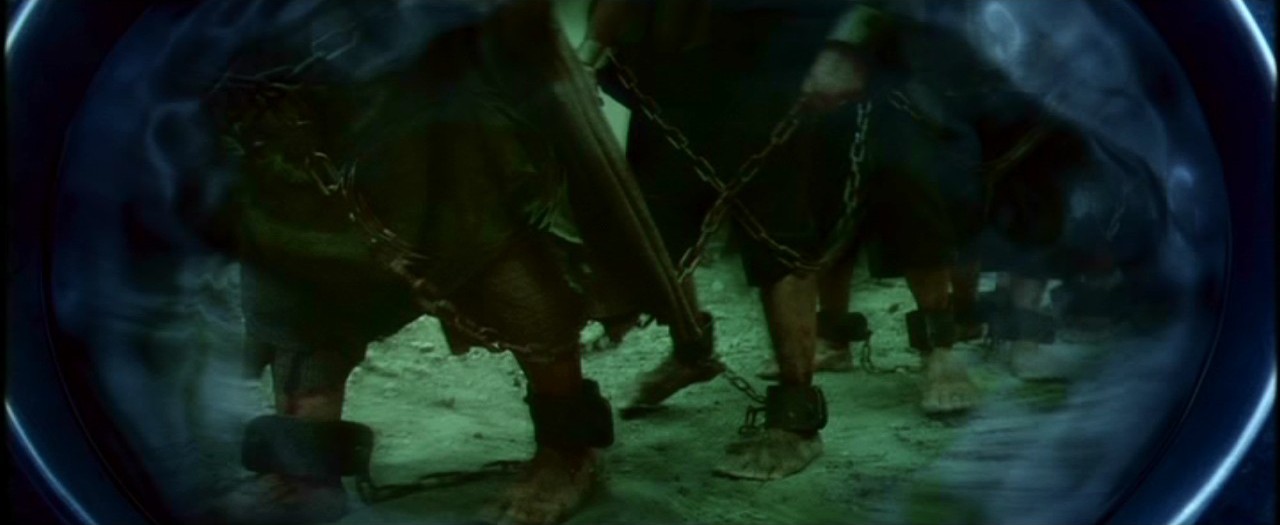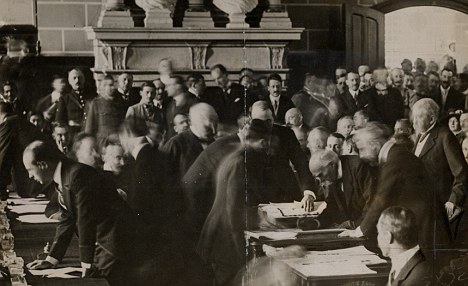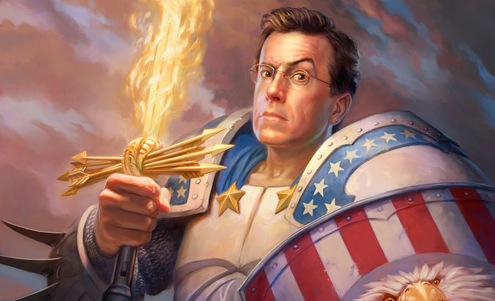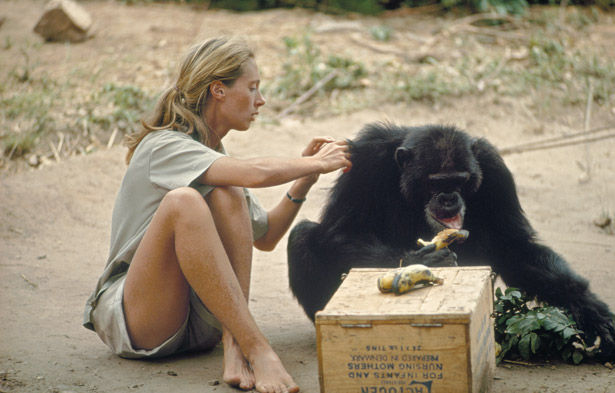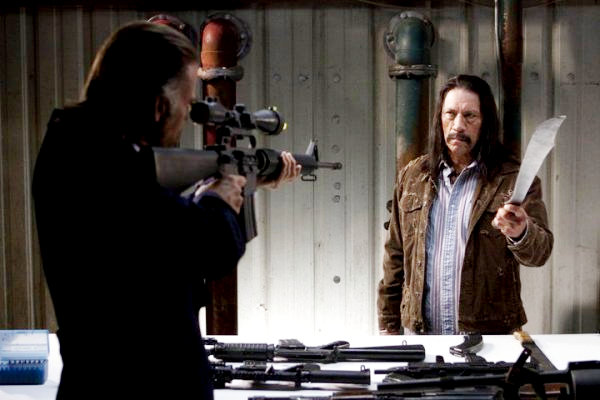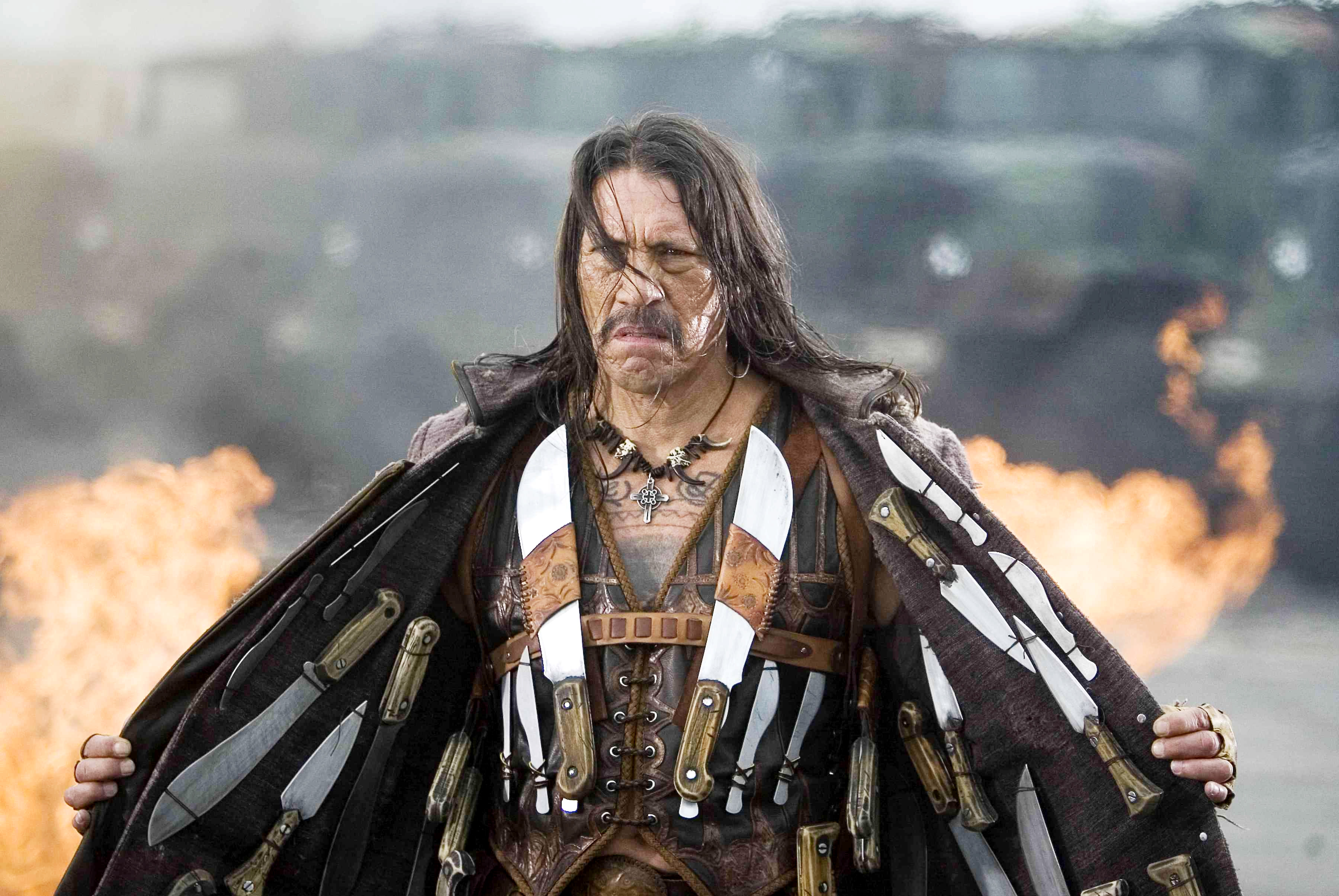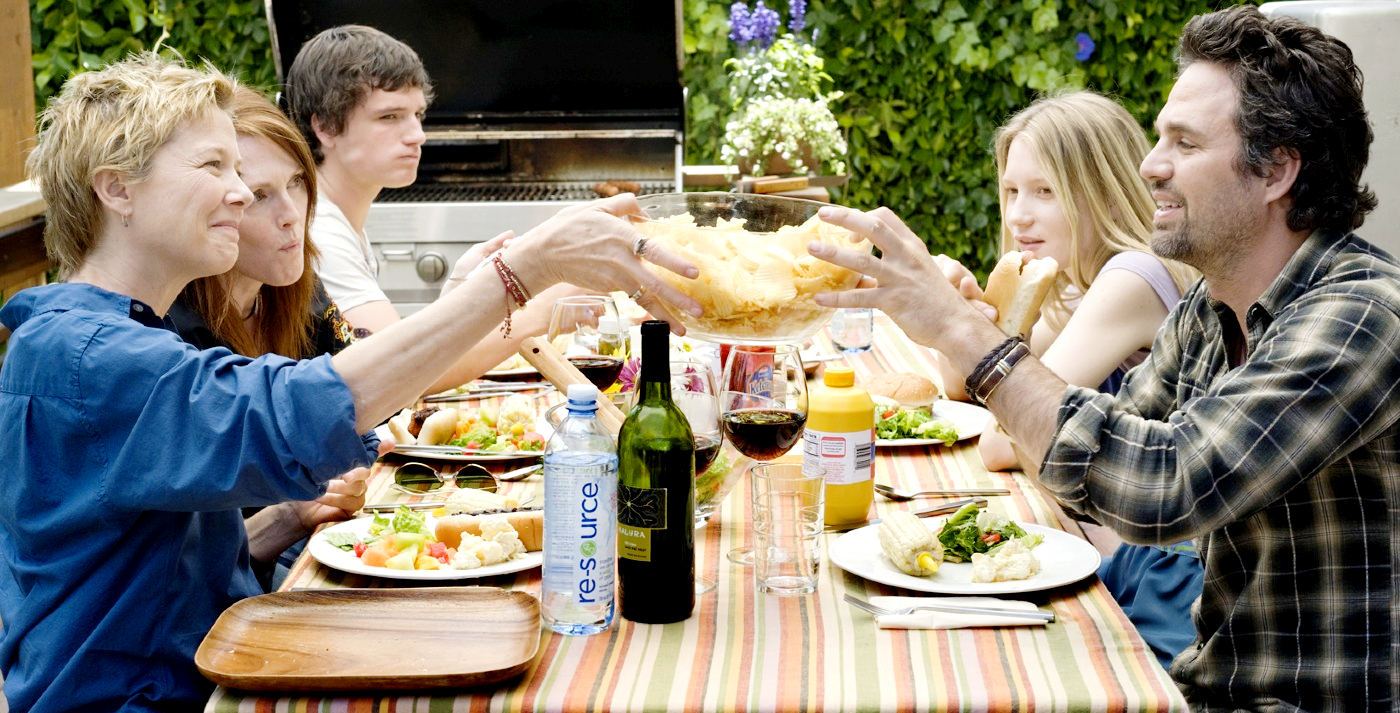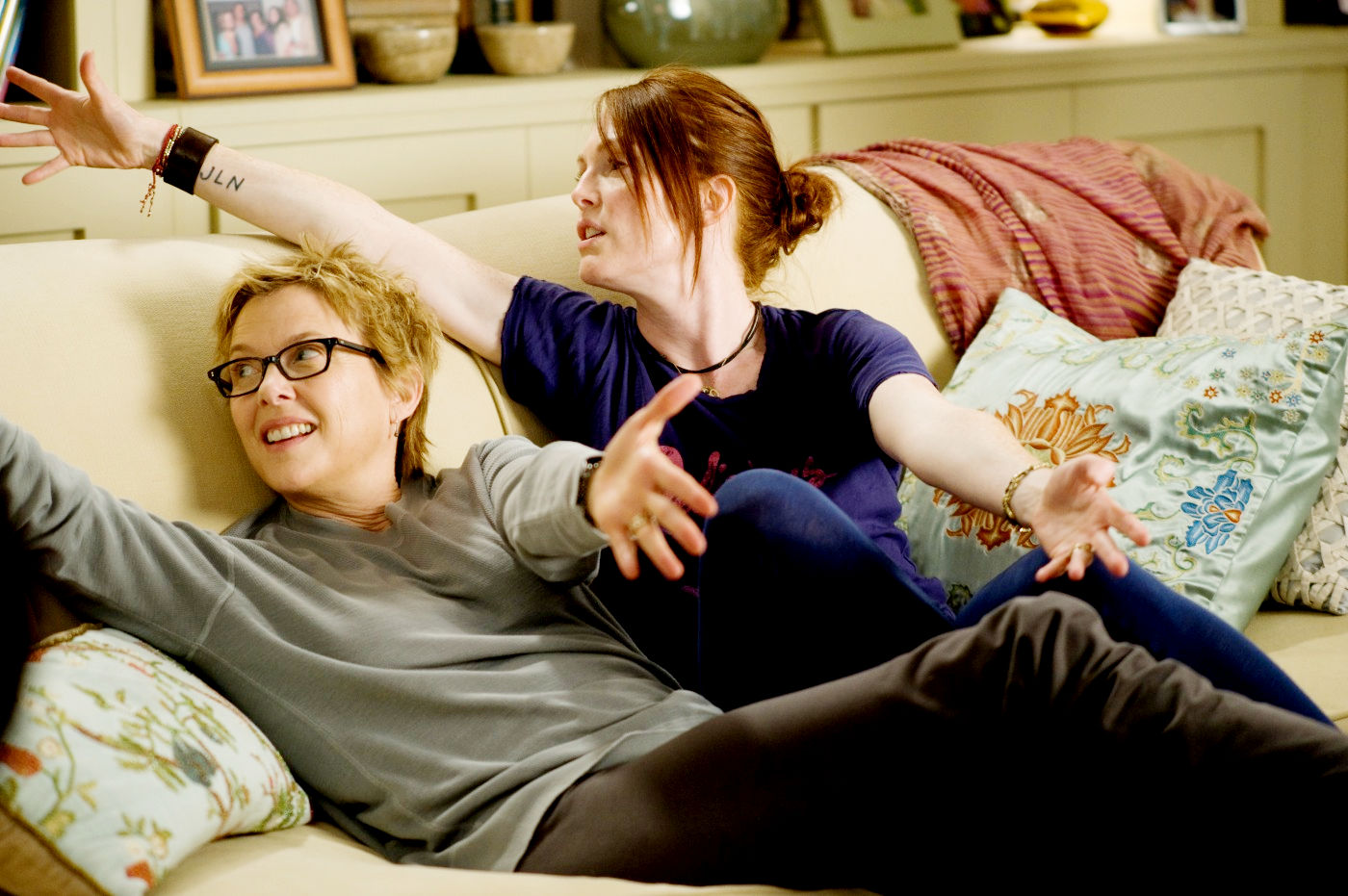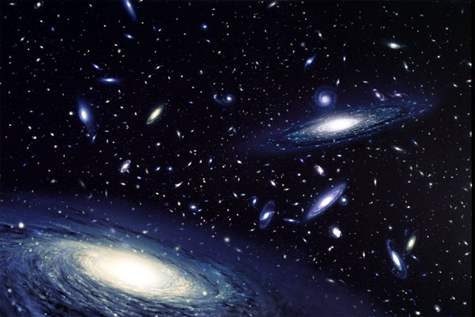
After a busier than anticipated several weeks — sorry, as always, about the quiet ’round here — time to catch up in the review department: First on the docket,
Anton Corbijn’s languid, meditative “thriller,” The American. I doubt this slow-moving, verging-on-ponderous film was everyone’s cup of tea — The folks in front of me basically laughed their way through it, and by the overwrought last few scenes I was chuckling along with them. Still, I wouldn’t sit through it again anytime soon, but I still admired
The American for several reasons — for its striking travelogue cinematography, for an out-of-his-comfort-zone performance from George Clooney, and, perhaps most notably, for the film’s uncompromising artiness. Say what you will about this movie — it’s not one that panders to studio notes.
If you’ve seen The American by now, you’ll know that, despite the patriotic title and the presence of Clooney, this flick is in fact about as far from American as you get. Rather, it’s an unabashed throwback to European cinema of the ’60s and ’70s. More well-versed critics than I are name-dropping Jean-Pierre Melville’s 1967 film Le Samourai, and, in terms of camerawork and general philosophical approach, we’re definitely not too far from that fixture of college film classes, Michelangelo Antonioni.
So, yeah, if that last sentence didn’t tip you off, The American is arguably the most self-consciously artsy, existential, and Sprockets-y flick to hit the mainstream-multiplex circuit since Alejandro Gonzalez Inarritu’s ludicrous 21 Grams. And, if you don’t roll with its arthouse ambitions, I figure The American will lose you…fast.
The reason being, you really can’t overstate how little happens in this movie. After a deceptively busy opening vignette where Things Go Horribly Wrong in Sweden, mystery man Clooney — he could be an assassin, or just a very good gunsmith (but either way, he’s got undeniable fashion sense) — is forced to cool his heels in an idyllic and self-consciously Old World Italian village, a la Joe Biden’s recent Mexican adventure. (Castel del Monte, to be exact.) There, he’ll amble across the cobblestones, looking pained, mopey, and/or hunted. Occasionally (very occasionally for Clooney — more on that in a bit), he’ll have a clipped and portentous conversation with one of the locals — usually either a priest (Paolo Bonacelli) or a beautiful woman (Thekla Reuten, Violante Placido.) Sometimes, he fiddles, in impressive craftsman-y ways, with the new gun he’s been assigned to build by his handler (Johan Leysen). Then he’ll go back to being pained, mopey, and/or hunted. Spoiler alert: This sums up about 85% of the movie.
The glacial pace of The American aside: If all of this sounds like it could be maddeningly pretentious…well, it kinda is, and, worse, there are hoary cliches strewn about everywhere like spent bullet casings. We’ve got an oh-so-sage priest harboring a few secrets of his own. We’ve got a stunning hooker-with-a-heart-of-gold, one who falls for the protagonist despite his bad behavior. (Interesting film fact: The actress, Placido, is the daughter of Simonetta Stefanelli, a.k.a. Michael Corleone’s doomed Sicilian bride Apollonia in The Godfather. Maunday, Tuesday, Thursday, Wednesday…) And the last reel is so wildly over-the-top in its high-school existentialism that it verges on self-parody. One half-expects a fade to black-and-white and a “FIN” title card to close out the film.
For what it’s worth, The American — much more so than Corbijn’s first movie, Control (#45 of the Oughts) — also feels rooted in Corbijn’s music video work over the years. As someone with a fondness for Strange, Corbijn’s Depeche Mode mini-movie circa 1988 (a.k.a the Music for the Masses era), it was hard not to think of “Behind the Wheel” (see: femmes fatale and Old World moxy) and “Never Let Me Down Again” (every time Clooney chats up the priest) throughout The American. (For that matter, the scenes in the bordello are lit up like Corbijn’s photo shoot for “Policy of Truth” — Yes, I grew up taking my Mode seriously.)
So why did I end up appreciating The American regardless? Well, a lot of the credit has to go to Clooney. Sure, he’s stepped away from his usual fast-talking, charming-rogue persona before, most notably in Michael Clayton (where the usual charm offensive never helps him) and Syriana (where he gained a paunch and came off, as Stephanie Zacharek memorably put it, like a “depressed circus bear.”)
But, here, Clooney has gone wayyy out on a limb and stripped himself of his usual glib, “Dr. Ross” persona almost completely. “The American” isn’t charming. Heck, he barely even speaks. And so Clooney must construct this twitchy, haunted character without the benefit of his usual toolbox, and, to his credit, he gets it done. It’s an impressive star turn by one of the only honest-to-goodness movie stars of his generation. And, despite the many ways this movie could (and arguably does) go wrong, The American is another feather in Clooney’s cap, and doesn’t interrupt the rather remarkable string of quality films he’s been involved with. Just next time, let’s ease up on the woe-is-me pop existentialism, ok Mister Butterfly?
